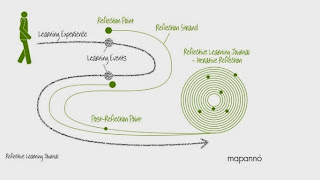After watching this funny video about "how not to use Power
Point" by Don Mc Millan, my classmates (Antonela and Micaela) and I discuss
about it. We agree that he
has some strong points:
1. The implementation of charts could bring some
confusion to the audience if they are not well explained or well-designed and
sometimes they do not contribute to the presentation of the topic.
2. As regards the use of bullet points, we have to be
careful not to go to the extremes, since using to many is not a
sign that you are presenting relevant information.
3. It is attractive to use some effects in a power
point presentation but it is not advisable to abuse of them because they can make your slides illegible an as a result,impeding understanding.
Another important factor that we can
add to McMillan presentation,despite the fact that it may sound a bit silly, is taking into account the colours we use as
regards the fonts and the background of each slide since, some of them can make the
information difficult to read.
When discussing about the problems we may encounter by using Power Point, the difficulty of matching what we are saying with the presentation of the slides is not an easy task,for example, as Marion says, when telling a story to our students, it can happen to us that there is a mismatching between what we show and what we are saying. Thus, it is not only a question of presenting slides paying attention to the number of effects we use but also a question of practice of how to make this slides appear on time, in order not to loose coherence.
To sum up,we have to bear in mind that it is important to engage
our audience but not to make certain effects
the center of attention,having as a result that the people who are listening to you remember more the effects you include that the information you present. Moreover, there are other factors that are more relevant such as timing our slides in order to make our message more comprehensible.


